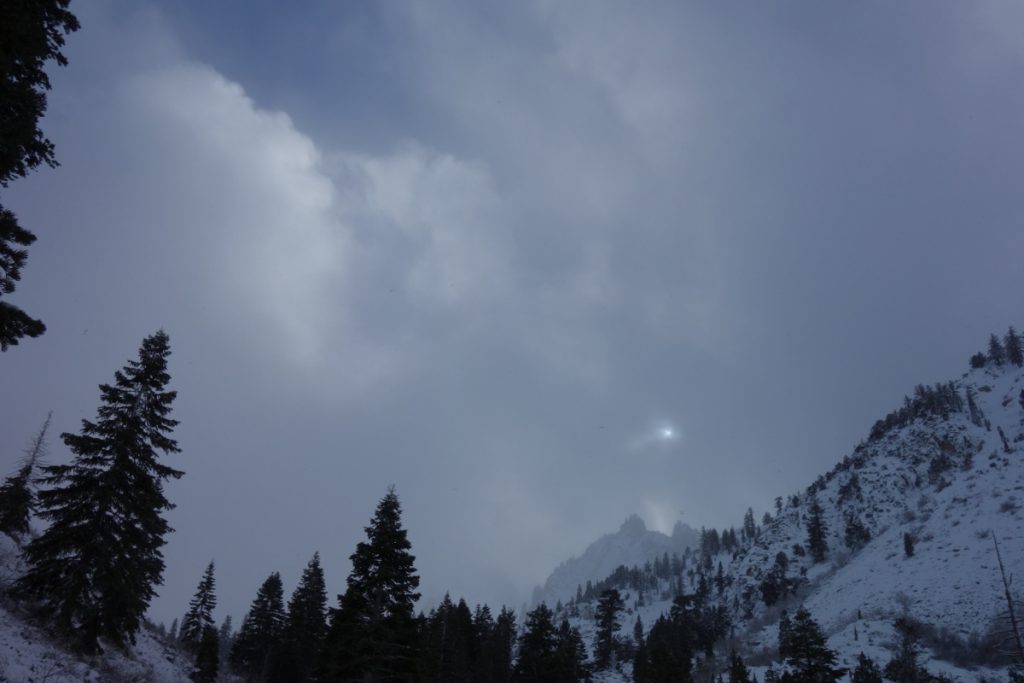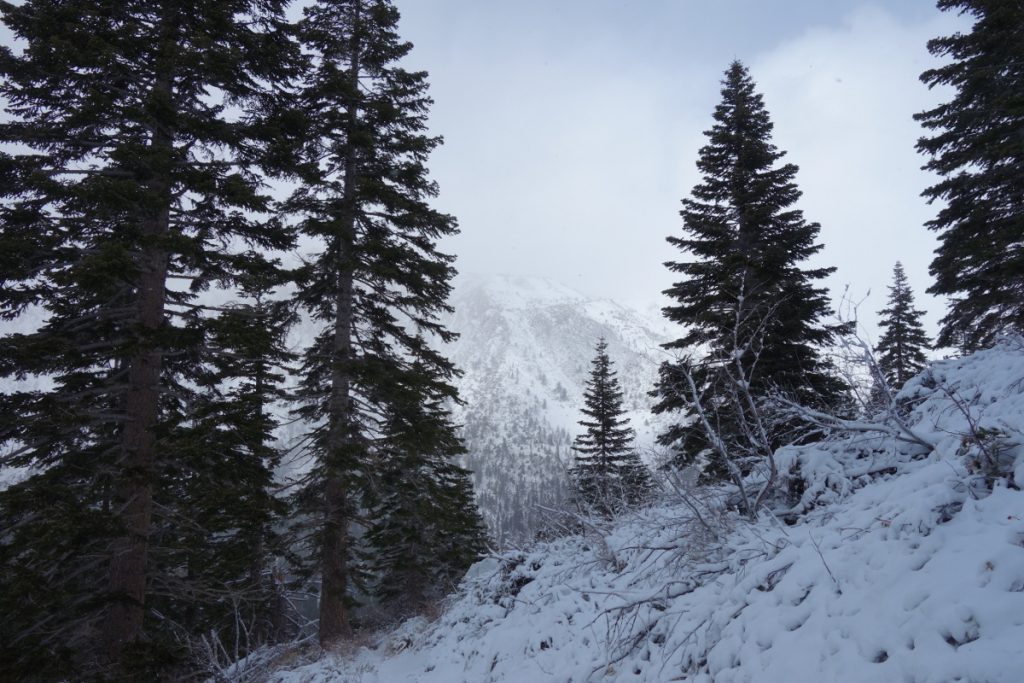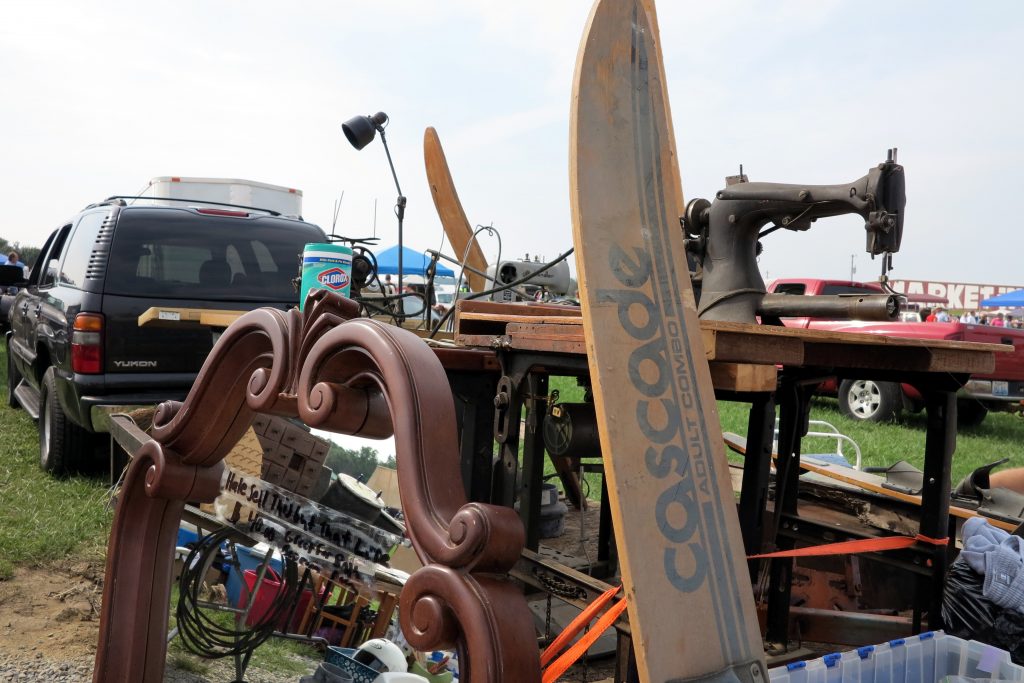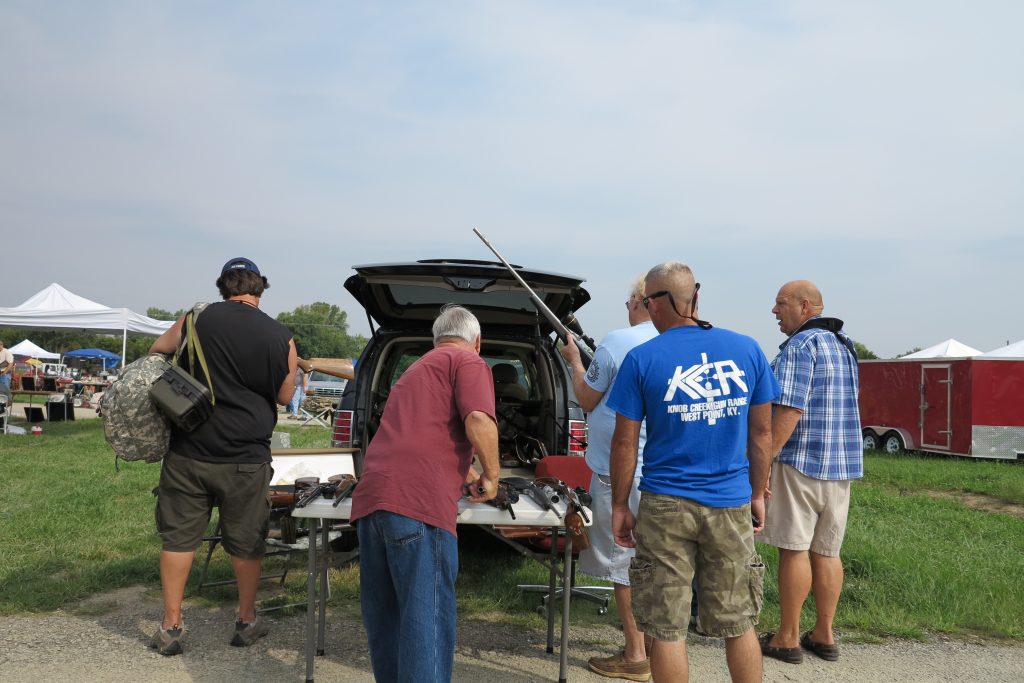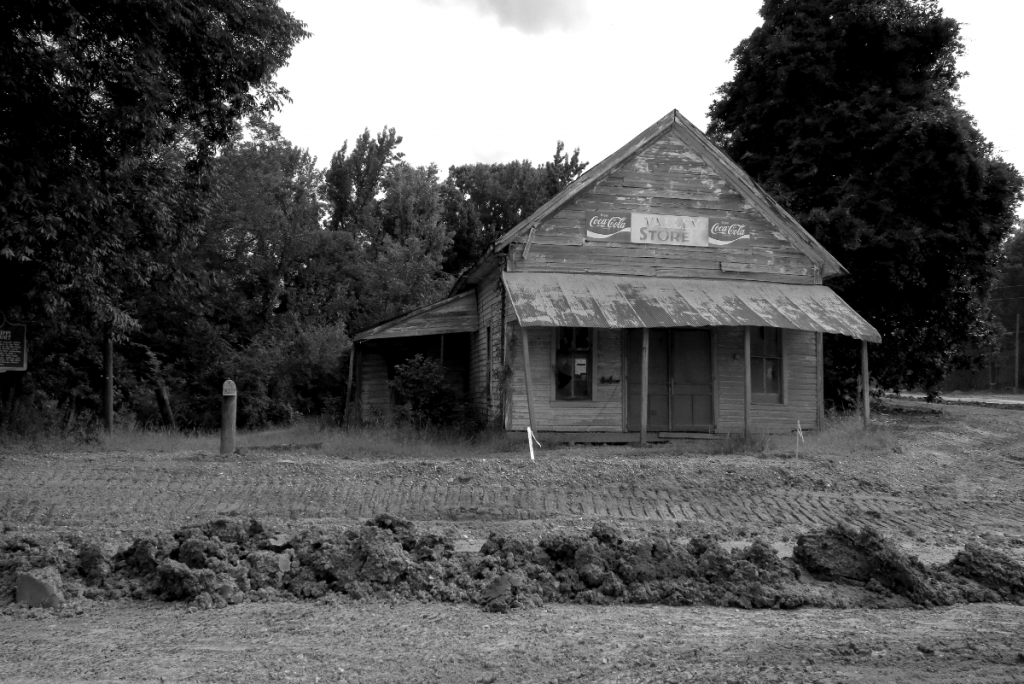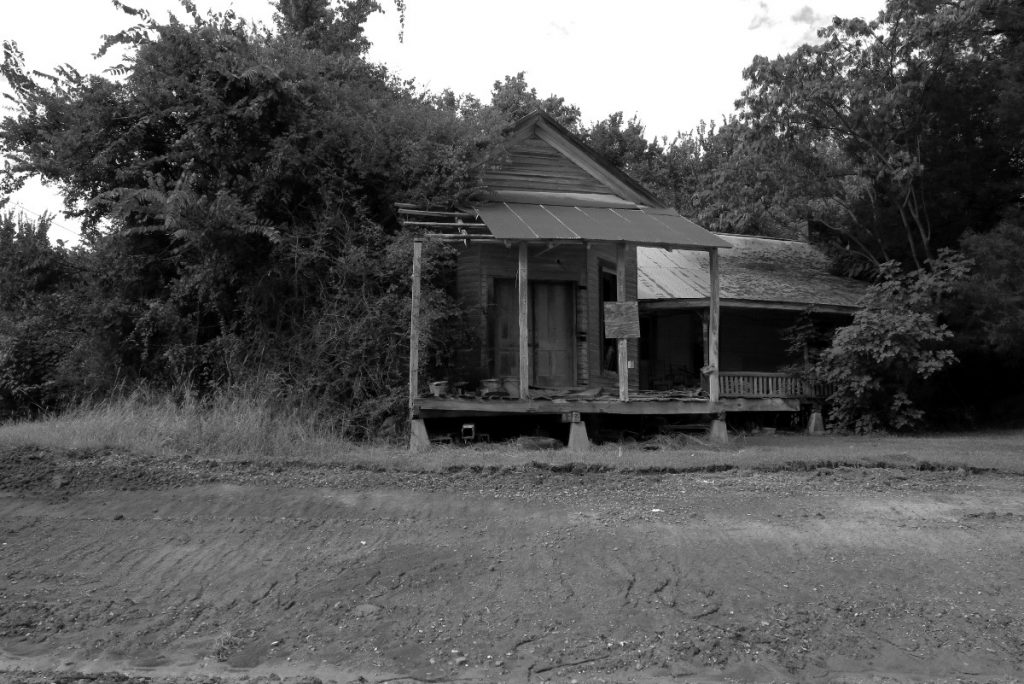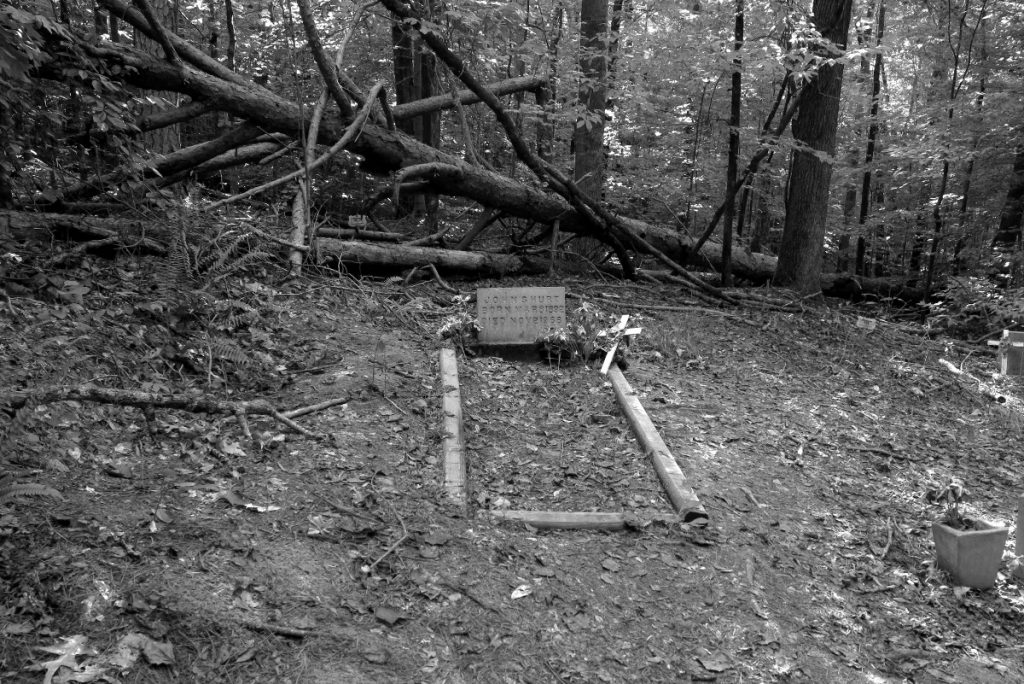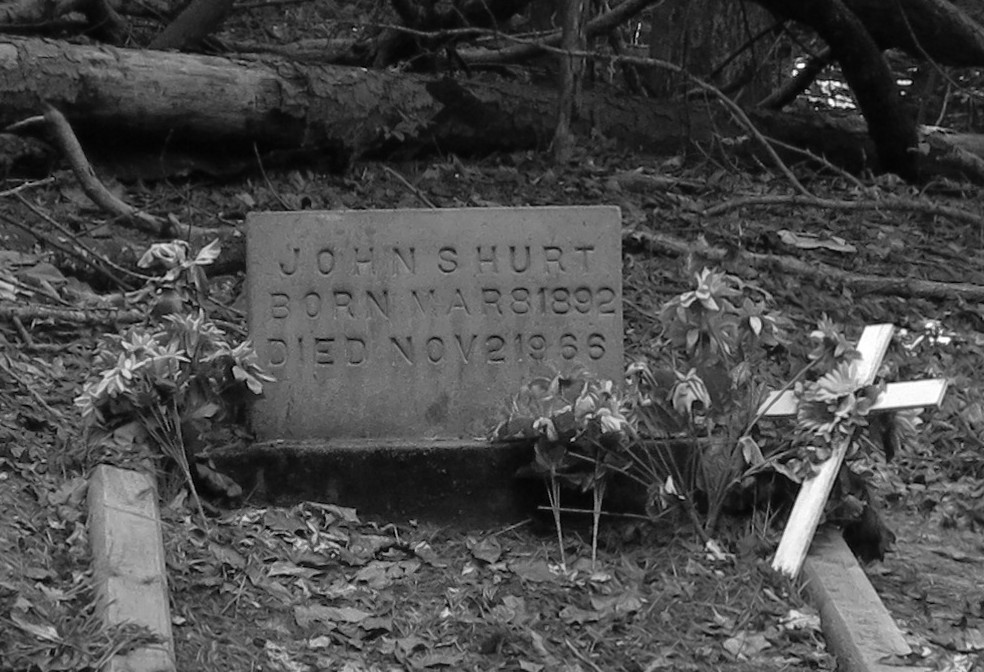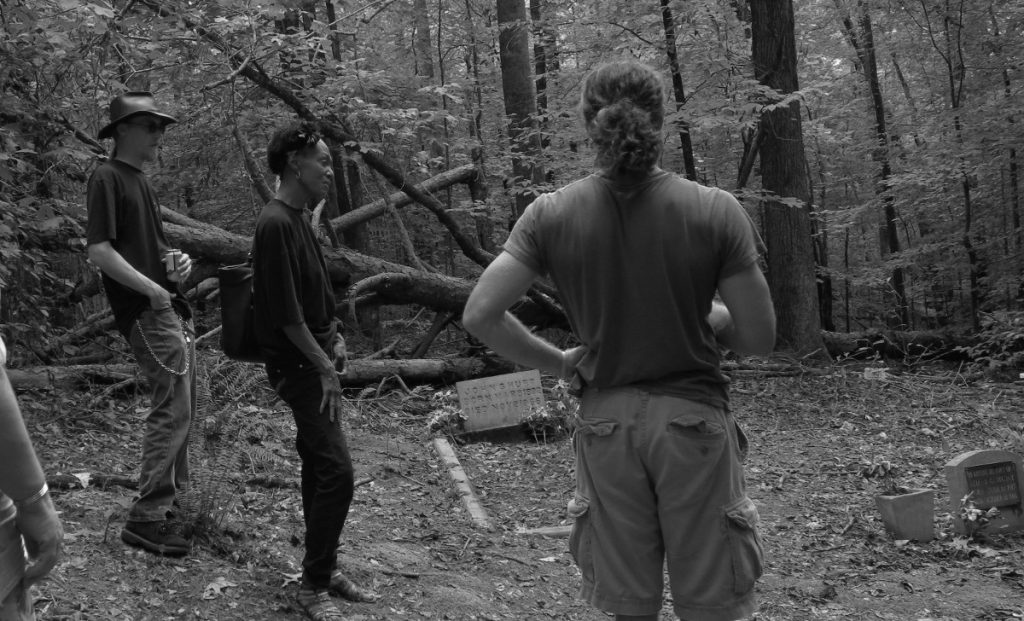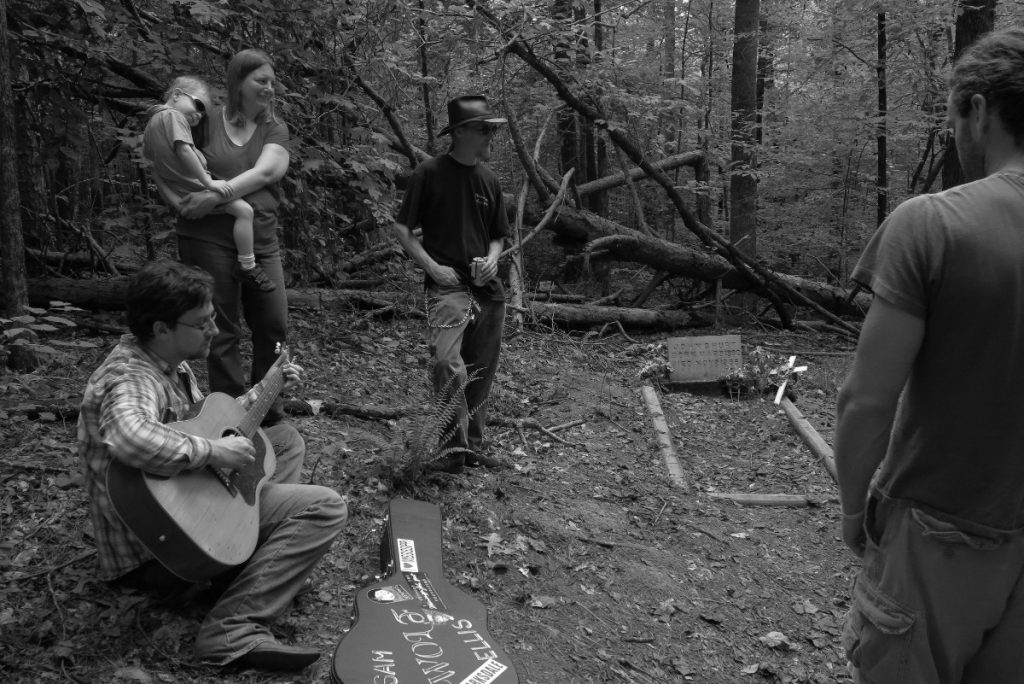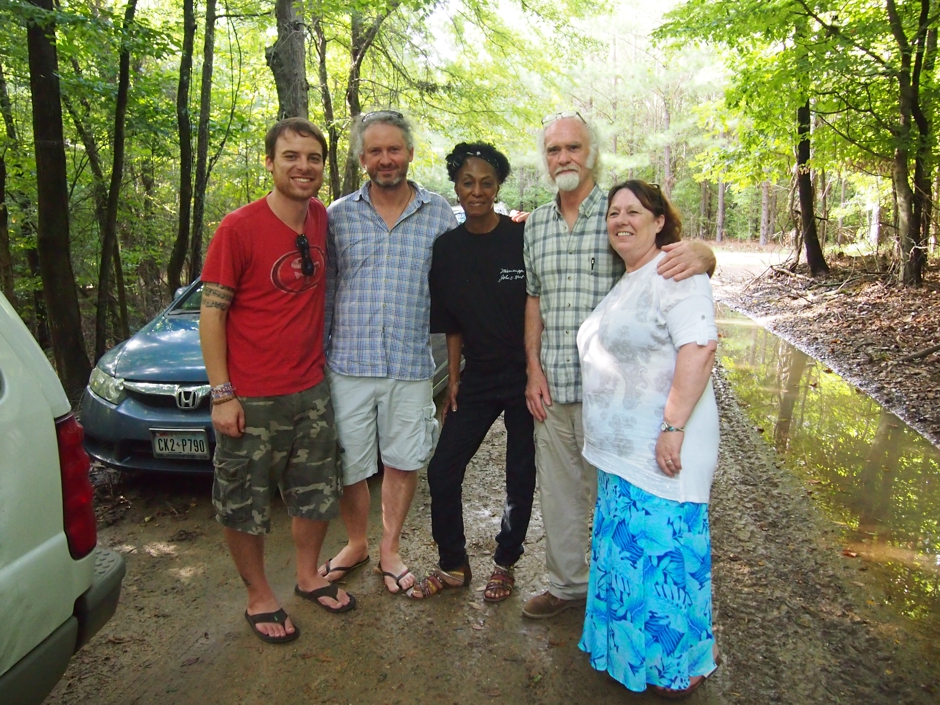I’ve been thinking through attribution models for many years. Mainly for books, but it is also interesting to consider how credit is attributed in open source projects. For both open source and books, I believe narrative attribution is a great model which escapes many of the problems of simplified attribution, but there are some interesting gotchas… so, let’s take a look at it….
A copyright holder is different to those people we attribute credit to for producing a work. Michael Jackson, for example, held the copyright for the Beatles songs for a long time, however we attribute the credit for those songs to Ringo, George, Paul and John.
I like to think of this ‘naming’ of contributors to be a type of simplified attribution. It is a handy tool to be able to hang credit on a couple of names. Nice and clean, not complicated, and easy to remember. It is also the way copyright works. Copyright requires some names to be cited as the copyright holder and many times we, out of habit, co-relate the named copyright holders with the credit for producing the work. It’s just how our brains work.
However, there are a couple of things we need to tease out here. First, named credit is not synonymous with the named copyright holder and we should be a little more careful with this and avoid conflating the two. Michael Jackson, for example, clearly did not write the Beatles songs, so we should be careful to avoid conflating credit and copyright.
Secondly, simplifed attribution doesn’t actually tell us much. It is not rich information. It’s a couple of names and we tend to attribute far too much credit to those names. We have a romantic notion of creation and we tend to want to think there is a ‘solitary genius’ behind things. If not a solitary genius, then a couple of identifiable people that we can attribute genius to collectively. But this is really fantasy. Great things come from many people, not one. One person by themselves isn’t capable of much. How individuals work together is the real story and these stories are far more complicated than the vehicle of simplified attribution can convey.
Those who know the story of the Beatles, for example, know there is far more complexity to how the songs were written and by who. Each Beatles song has its own history and unique way of coming into existence. The Song Michelle, for example, was mainly written by Paul McCartney, with a small portion a collaboration between McCartney and Lennon. Even more interesting, is that other characters came into play. According to Wikipedia:
McCartney asked Jan Vaughan, a French teacher and the wife of his old friend Ivan Vaughan, to come up with a French name and a phrase that rhymed with it. "It was because I'd always thought that the song sounded French that I stuck with it. I can't speak French properly so that's why I needed help in sorting out the actual words", McCartney said.
Vaughan came up with "Michelle, ma belle", and a few days later McCartney asked for a translation of "these are words that go together well" — sont des mots qui vont très bien ensemble. When McCartney played the song for Lennon, Lennon suggested the "I love you" bridge. Lennon was inspired by a song he heard the previous evening, Nina Simone's version of "I Put a Spell on You", which used the same phrase but with the emphasis on the last word, "I love you".
The actual story of how the song was written reveals a much more interesting story than the typical way we assign credit for these songs. I find the story of how something was made, and by whom, way more interesting and informative than a list of a couple of names. I also think it’s a better way to attribute credit as it values the contribution of each individual and brings forward the interesting ways in which they made the contribution. I think this kind of narrative attribution is a far more important way to credit people. It honours both the people and the process a lot better than the more simplified naming of names.
I want to say something about transient attribution in a bit, but before moving on I’d like to give another example of why I think narrative attribution is necessary as we move increasingly into a collaborative future. At FLOSS Manuals, an org I founded 10 years ago to collaboratively produce free software manuals, we automated simplified attribution. If you made an edit, your name was automatically added to the credits page. That worked ok for the naming of names. But how useful is this?
Well, if one person claimed to write the book, this might be useful. But below is an example which illustrates the problem…this is a screenshot of the credits page of a freely licensed book that was updated and rewritten every year by a different team of people for 4 or 5 years. So, the simplified attribution looks like this :

Well…you get the picture! It is pretty meaningless information, or at least, there is not much utility from this kind of attribution. It is, in short, too much information and too little information at the same time. A list of names like this is nothing more than a long list. It doesn’t highlight the many interesting ways individuals contributed, and no one here actually gets much credit at all from such as list because no one will read it. It is pretty much useless.
So…what can we do? Well, I believe we need to get away from simplified attribution at all times. We need to migrate to narrative attribution. We need to learn how to tell stories about how people make things and who was involved. It is for this reason that at FLOSS Manuals we started writing “How this book was written” chapters. Here is an example from the book Collaborative Futures which is now stored in the Wayback Machine. A brief snippet:
This book was first written over 5 days (18-22 Jan 2010) during a Book Sprint in Berlin. 7 people (5 writers, 1 programmer and 1 facilitator) gathered to collaborate and produce a book in 5 days with no prior preparation and with the only guiding light being the title ‘Collaborative Futures’.
These collaborators were: Mushon Zer-Aviv, Michael Mandiberg, Mike Linksvayer, Marta Peirano, Alan Toner, Aleksandar Erkalovic (programmer) and Adam Hyde (facilitator).
It is a short story but it goes some way to bring out a little of the nuance of how the book was made. We could have gone further but it gets the point across. We also made sure that this way of attributing credit was included as a chapter in the book. So wherever the book went, the story of how it was made travelled with it.
I think we could do the same with software. Let’s not conflate copyright with credit, for a start. Next, let’s proceed to a more interesting way of attributing credit. Not a naming of names, but telling a story of who was involved and how. Finally, let’s make sure this story is part of the software and travels with it ie. put the story in the source code repository.
But there is an obvious flaw to this approach. What happens when many people are involved over a long time. If you had been paying attention, for example, to that 29,000 pixel tall monstrosity I included as a screenshot above, you would have already deduced that narrative attribution is not going to do a better job of attributing credit than simplified attribution.
Just how long would the story be for that same book? It would be pretty long! So, how do we deal with this? Surely no one would read that story either? Good point! This is where I believe transient attribution comes into play.
Transient attribution is the recognition that large complicated works take a long time to make. In the case of software, the job pretty much never ends. A software must be updated to add features, or it may need to be refactored, updates needed for security fixes, or to meet the needs of new versions of operating system…it just doesn’t stop. That could mean that we just keep adding to the story, making it longer and longer as we go. But I would like to suggest another approach. I think it is more interesting if we were to tell only the story of the last phase leading up to the current version of the book / movie / software etc…there is really no need to tell the whole story all in one go…break it up into smaller parts. Learn to tell the story as it evolves. The software world already, kind of, does this in Release Notes. We commonly include Release Notes that document the differences between the previous and latest versions of the software. It is, in a way, the story of the software, but it is not the story of the people. Why not adopt this model for attribution too? Focus on the latest part of the story and call people out and celebrate their contributions for this most recent phase.
My recommendation is this:
- use narrative attribution to credit people for their work
- tell a story that says something about what they did
- use transient attribution to tell the story in smaller, more timely, pieces
- ensure the story travels with the software (ie. stored in the repo)
It doesn’t feel like such a stretch. It’s not that difficult to do either. The point is, software takes a long time to make, happens in stages, and different people with a diversity of skills come into play at different times. Let’s celebrate all the people that made it happen, and celebrate this as closely as possible to the moment they did the work. Further, the story of how a software is made is far more valuable to everyone than a simple naming of names. If we could take this short step (and it is not far) I think we would have richer attribution, happier communities, and a richer understanding about how software is actually made. And that, if you ask me, is a good thing.
